Have you ever picked up a bottle of water 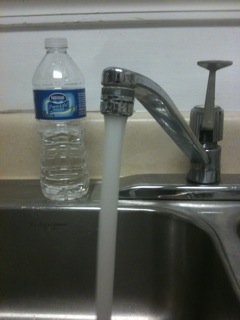 from a convenience store when you were feeling thirsty? If you have answered yes, then you are one of the Americans who combined drink approximately 8.5 billion gallons of bottled water every year, according to the International Bottled Water Association. But that bottled water may not be so different than what is coming out of your tap.
from a convenience store when you were feeling thirsty? If you have answered yes, then you are one of the Americans who combined drink approximately 8.5 billion gallons of bottled water every year, according to the International Bottled Water Association. But that bottled water may not be so different than what is coming out of your tap.
Bottled water can come from ponds, springs, lakes, and reservoirs, and can be up to 10,000 times more expensive, according to a 2006 National Geographic news article. Most of the individuals who buy bottled water claim it tastes better and the others buy it for the health benefits.
In a study conducted in 1999 by the Natural Resources Defense Council, an environmental group, about one-third of the 103 brands that were tested were shown to be slightly contaminated with some of the same materials found in normal tap water, such as synthetic organic chemicals and bacteria. The other samples, however, showed no signs of contaminants and some were even high quality, says the group.
So is bottled water safer than tap water? Dr. Daniel Giammer of Washington University in St. Louis in a 2004 press release says no. Giammer is a faculty member in the Environmental Engineering Science Program and states, “The tap water we drink meets very strict standards that are designed to protect our health. These are developed over many years of study and they all include fairly large factors of safety. Any differences between tap and bottled water, in terms of health, are negligible.” While tap water can contain some harmful contaminants, there is not enough of any specific toxin to have an impact on the human body.
Tap water for St. Louis County and St. Charles County comes from the Missouri and Meramec Rivers. According to the 2010 St. Louis County water quality report, there are traces of lead, copper, and arsenic in tap water, but these amounts are so small that they can barely be detected. For example, the amount of lead in St. Louis County tap water is 7.5 times under the Maximum Contaminant Level (MCL)-the highest level of a contaminant allowed in drinking water under state and federal regulations. Copper is about 70 times below the MCL and arsenic is about 10 times under, according to the 2010 water quality report, which is an overview of the tap water tests and contaminants found throughout the year.
But bottled water does not have specific contaminant levels. According to a 2009 Consumer Reports article, state standards for bottled water are less strict than state standards for public tap water. This means that there could be more contaminants and toxins in your bottled water than there are in your tap water. In fact, in some cases, your bottled water may actually be tap water according to a CNN report.
Some producers of bottled water are making it easier to distinguish if the bottled water being purchased comes from a municipal source, which is another term for tap water. “PepsiCo Inc. will spell out that its Aquafina bottled water is made with tap water, a concession to the growing environmental and political opposition to the bottled water industry,” states a 2007 CNN broadcast. The labels were changed in 2007 to read “PWS” which means “public water source” according to a 2007 Fox News broadcast, or just “municipal source.”
So why is bottled water such a big market? Well not all bottled water is tap water in disguise. The bottled waters that are purified have met regulations set by the EPA, and is subject to annual inspections by the International Bottled Water Association and possibly NSF International.
Although purified water is “not necessarily free from microbes” according to the EPA, different methods such as distillation or reverse osmosis could eliminate these microbes. Reverse osmosis is a purifying process where water is forced from a highly concentrated solution to a more dilute solution through a membrane that acts as a filter. The larger contaminants cannot pass through the membrane and the result is purified water. This is a widely used and efficient way to thoroughly purify contaminated water. This information regarding how your bottled water was purified can be found on the label either under the nutrition information or next to the brand name. So it is always best to check the label of your bottled water.
For example, Nestle Waters, a large bottled water company that produces many different brands of bottled water, admits to using municipal sources, but they also assure their consumers that their water has been purified to meet the highest standards by using reverse osmosis. Nestle also adds nutrients and minerals back into their water not only for the benefits but also for taste. This is common with many other bottled water brands as well.
The other big contributor to the bottled market industry is convenience. It is easy to grab a bottle out of the fridge rather than take a glass of tap water outside on a hot day. It is also easy to buy one at your local convenience store whenever you are feeling thirsty.

This work is licensed under a Creative Commons Attribution-NonCommercial-NoDerivs 3.0 Unported License


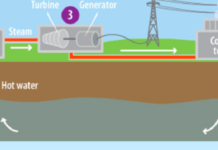
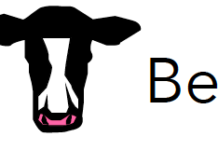
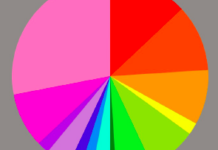

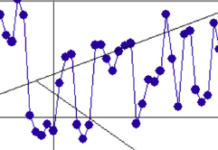
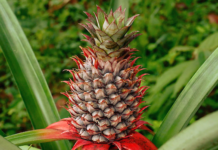






Thanks for the great research and info Abby… Hopefully this will be proof enough to make your aunt Jeannie stop buying bottled water and wasting money! :good
Great job on this article!
I must admit, after years of almost being afraid of tap water, I feel much better drinking it now. Maybe I will stop buying bottled…
Great article, Abby! Very interesting about "PWS" printed right on the label of some! Just goes to show that convenience is what it’s all about!!! Great job and congratulations on the publication!!!:sweat
This is a really good article.I learned that a bottle of water is not better than tap water.
Nice article with a lot of good information about our water source. keep up the good work.
This was a very interesting article.This informed me about the water resource, using brief details. Good Work ,Keep It up:smile
well , i didn’t know that battled water was more dangours thenn tap water … people on tvv are always talking bout how tapp is worse thenn other waterr … :/ well noww i knw to be moree carefull with dranking bottled water :smile
I like this article because it talks about which water is the best to drink or have the best taste. Its cool for me because i no what water to drink or not to drink. But me i think bottle water is the best to drink.
I think spending money on water is just a waste of money but could also be healthier.
This is very interesting article! I never knew any of this :wah maybe now I can convince my mom to stop wasting her money!
this article was so interesting :good i learned things that i would if never guessed:congrate